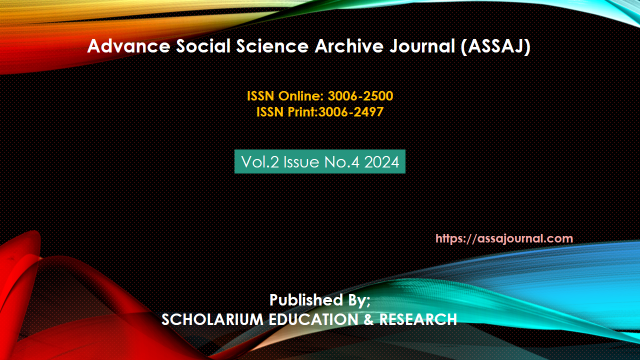THE DIGITAL DIVIDE IN PAKISTAN: ACCESS TO TECHNOLOGY AND ITS SOCIO-ECONOMIC IMPLICATIONS
Abstract
The digital divide in Pakistan represents a significant socio-economic challenge, characterized by disparities in access to technology, digital literacy, and internet connectivity between urban and rural populations. This study explores the multifaceted dimensions of the digital divide, including access to devices, infrastructure limitations, and the socio-economic implications of unequal technology distribution. While urban areas benefit from better connectivity and access to digital tools, rural regions face severe barriers, including inadequate infrastructure, low digital literacy, and affordability issues. The paper highlights the impact of these disparities on education, healthcare, employment, and economic opportunities, emphasizing how marginalized communities are further disadvantaged in a rapidly digitizing world. Government initiatives, such as broadband expansion and public-private partnerships, are discussed, alongside the role of non-governmental organizations in promoting digital inclusion. However, challenges such as funding, outdated policies, and socio-cultural norms continue to hinder progress. The study concludes that bridging the digital divide requires a multi-stakeholder approach, involving government, private sector, and civil society, to ensure equitable access to technology and digital literacy programs. By addressing these gaps, Pakistan can harness the potential of digital technologies to drive inclusive socio-economic development and reduce inequalities.
Keywords: Digital divide, Pakistan, technology access, digital literacy, socio-economic disparities, rural-urban divide, infrastructure, government initiatives, digital inclusion, ICT





